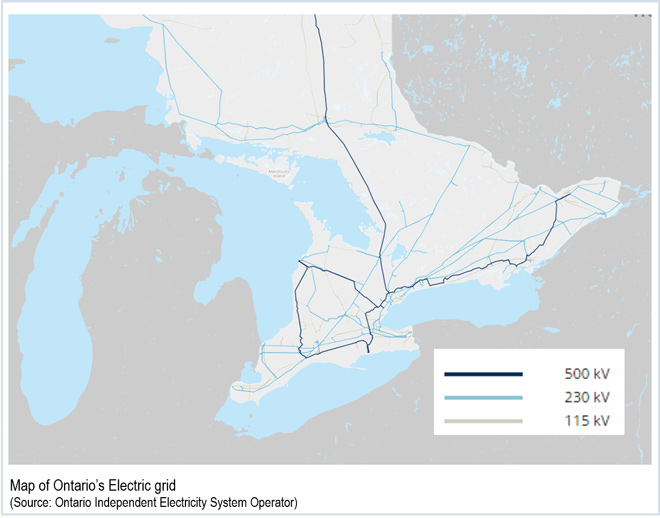By Rich Heidorn Jr.

“We think it’s an improvement. We don’t think it resolves it,” Bowring told the Market Implementation Committee last week, saying he would determine its effectiveness by the prices that result.
In 2013, the MIC approved Bowring’s request to investigate whether traders could be manipulating PJM’s interface pricing points by breaking schedules into multiple “back-to-back” transactions. (See MIC to Probe ‘Sham Scheduling’.)
In the 2012 State of the Market report, the monitor described the practice as “sham scheduling,” in which he said traders were hiding the actual source of generation. PJM prices transactions with external balancing authorities based on the source and sink identified on the North American Electric Reliability Corp. eTag. Breaking the transaction into portions with separate eTags can lead to loop flows and incorrect pricing.
The IMO interface pricing point was created because transactions that originate or sink in Ontario IESO balancing authority create flows that are split between the MISO and NYISO interface pricing points. The Monitor wants PJM to eliminate the IMO pricing point and assign transactions that originate or sink in IESO to the MISO interface pricing point.
Bowring said that he may recommend banning some transmission paths to prevent the abuse, as NYISO did in 2008 (ER08-1281).
New Definition
PJM’s new definition recognizes that flows from transactions scheduled between IESO and PJM are affected by the performance of the Michigan-Ontario phase angle regulators (PARs).
Because actual flows are not known in advance, the price will reflect historical flows over the PARs, using an average price split weighted with 40% NYISO and 60% MISO.
The new definition, which will be effective with the new planning year beginning June 1, will be used in both the annual financial transmission rights auctions and auction revenue rights allocations.
In addition, a new aggregate, named “ONTARIO,” will be created that maintains the current IMO definition in order to eliminate impacts to long-term FTR positions. It will be defined as 100% of the BRUCEA 17-kV pnode. It will also become effective June 1.


